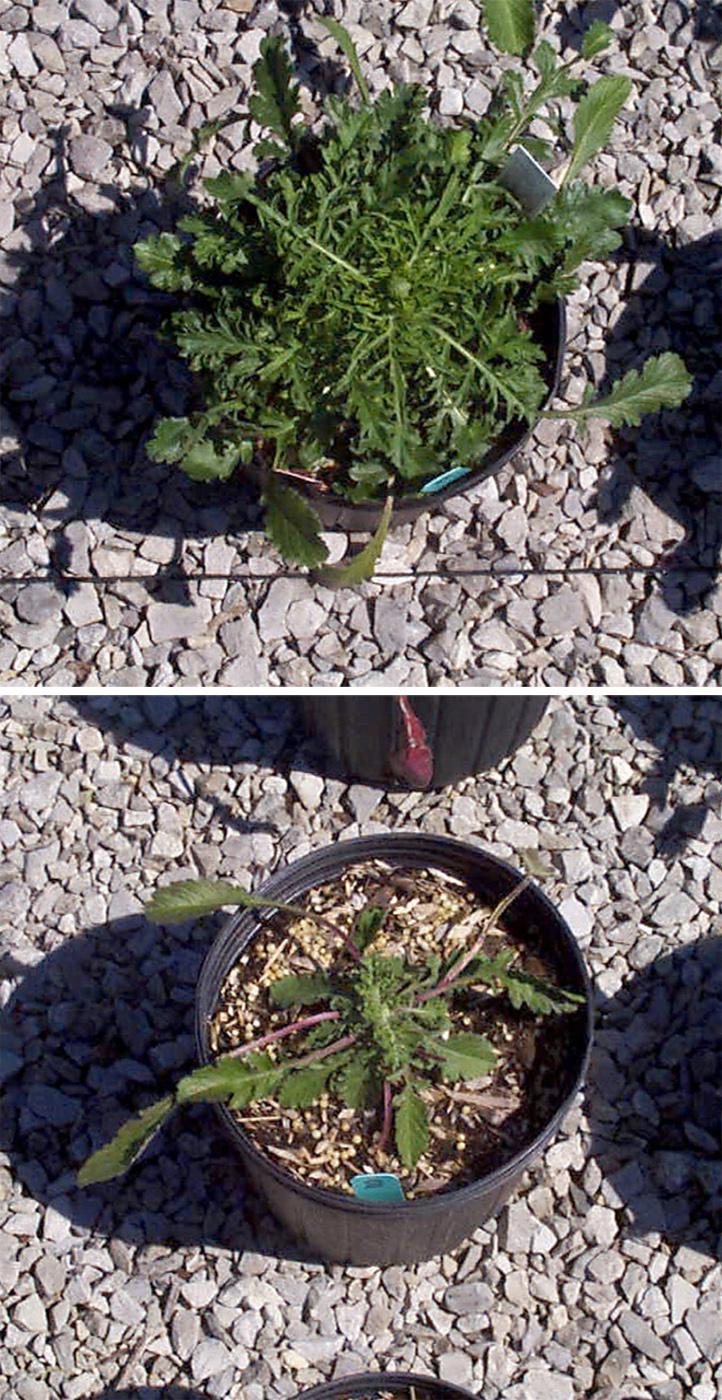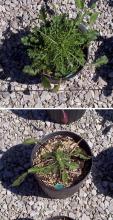Information Possibly Outdated
The information presented on this page was originally released on January 28, 2010. It may not be outdated, but please search our site for more current information. If you plan to quote or reference this information in a publication, please check with the Extension specialist or author before proceeding.
Add organic matter togarden soil with care
Late January is a great time to get garden beds ready for spring and summer by adding organic matter to help build a healthy soil.
Peat moss and pine bark mixes are commonly added to garden soil to increase organic content, but other materials, such as yard waste and manures, can also be used. Yard wastes and manures generally give favorable results when used with ornamental plants.
However, if the organic materials have not been composted before being added to the garden soil, they will compete with the plants for nitrogen. Also, as the material composts in the garden, harmful phytotoxins can be released that negatively affect plant growth, especially container-grown plants.
I received a call several years ago from a home gardener who had amended her garden with a new peat moss and pine bark media containing fresh wood chips. She had transplanted her bedding plants into this media about a month previously, and the plants were exhibiting yellowing foliage.
Immediately, I knew the problem was the fresh wood chips. Even though she used fertilizer at the recommended rates, her plants were literally starving. The soil’s carbon-to-nitrogen ratio was out of balance because the composting wood chips used the nitrogen available in the soil.
The carbon-to-nitrogen ratio is very important to microbial activity within a garden soil. All soils have microorganisms that decompose organic materials. Microorganisms use the carbon from organic waste as a source for energy, and the microorganisms require nitrogen and other nutrients for reproduction.
Normal microbial activity requires a carbon-to-nitrogen ratio of about 30:1. When the carbon-to-nitrogen ratio is below 30:1, the microorganisms stop decomposing organic matter. When the carbon-to-nitrogen ratio is higher than 30:1, decomposition increases.
When you add fresh organic materials to your garden soil, you increase the carbon-to-nitrogen ratio, creating a condition called nitrogen draft. When nitrogen draft occurs, microorganisms consume all the available nitrogen and other nutrients. The microorganisms literally out-compete the plants for available nitrogen, causing container-grown plants to turn yellow or purplish and their growth to be stunted.
At a previous university, I conducted a demonstration project to highlight the problems that can occur when using fresh wood chips rather than composted wood chips with container-grown plants. The results are quite obvious as one plant with composted chips was full and green and the other was much smaller and scraggly.
You can have success with your flowering perennials when you use composted wood chips along with sufficient fertilization. In fact, most ornamental and vegetable plants respond well when you add composted products to the soil.
So as you prepare garden beds for spring planting, be sure to use high-quality composted materials and apply fertilizer at the recommended rates.





